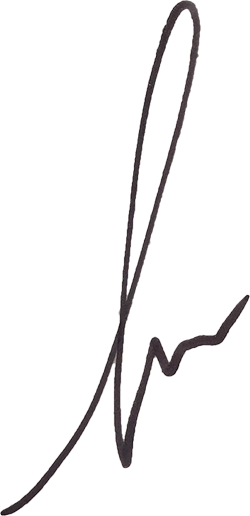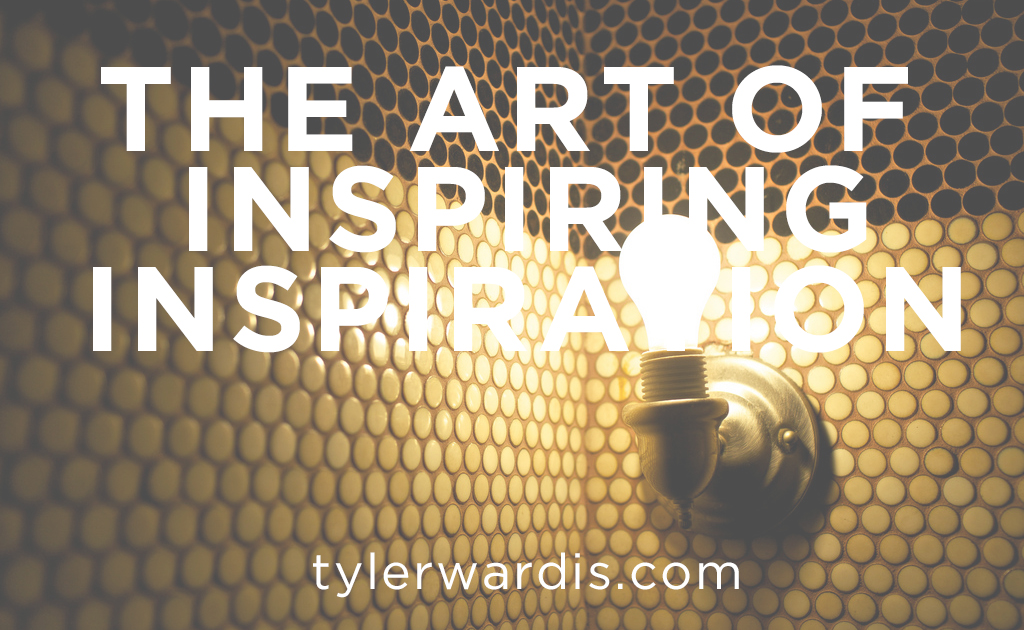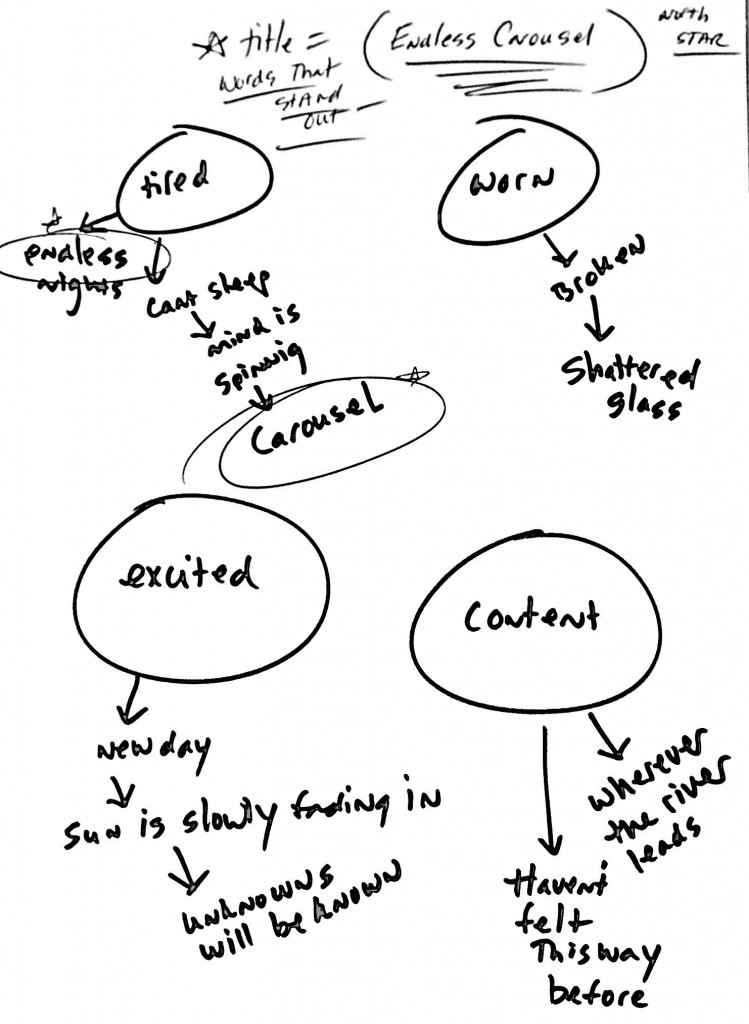How to find your creative flow in art or business.
I write only when inspiration strikes. Fortunately it strikes every morning at nine o’clock sharp. ― W. Somerset Maugham
For some people, creativity comes as natural as waking up in the morning. Then, there’s the rest of us.
In the last 7 days, I’ve had to put the final touches on my first book, create a business plan from scratch, and write a total of 12 articles for clients. In the midst of more creative work, the artistic liberties I used to take – sitting around all afternoon waiting for an idea or inspiration to show up – just don’t fly anymore. With the help of a book or two and a couple good conversations with friends, I’m slowly learning how to fight, strategize, and design my schedule for more creative inspiration and flow.
One of those conversations was over a cup of coffee with Phillip Larue. His thoughts on the topic are too good not to share.
Phillip makes a living writing songs for TV & Film, Country, CCM, Rock, & his folk duo with his wife, Lia. His catalogue includes anything from “Whiskey in My Water” by Tyler Farr to “By Your Side” by Tenth Avenue North to TV & film cuts used by brands like Apple and ESPN. Deadlines on his art and the pressure to create is nothing new to Phil. And because of it, he’s had to develop tactics to not creatively burn out.
Trust me. If you have any aspirations to be more creative or make more inspired art, be it in music, writing or business, his thoughts are well worth the next 4 minutes of your time.
(If you want to read this as a “10 Things” post, rather than an interview: 10 things I learned from a Billboard Top 100 songwriter about living creatively inspired.)
Enter Phil.
Phillip, how many times in an average week are you counted on to create something?
On average, I co-write a song 3-5 of days a week. If I’m not co-writing that day, I am either re-writing or producing a track.
How do you expend that much creative energy and still have something to give the next day and the next and the next?
I often wonder the same thing myself, honestly. However, there is a certain mindset and a couple practical things that consistently help me.
Constantly creating is strange because it requires being emotionally connected to myself, to life, and to the people around me. It may sound weird, but its true.
For creatives the twelve inches from their head to their heart can be the longest path at times. Everyday life, bills, doubts, expectations are all trying to block the way. But in terms of what I do, the best songs are made and inspired out of letting myself deeply feel or connect to my experiences of the world around me. If I don’t start with this mindset, by opening myself up, it’s all for not.
(Tyler here. One of my favorite articles on this idea comes from Donald Miller & Jon Foreman in “How to increase your creative productivity.”)
Beyond staying open to my everyday experiences and encounters, the practice I go back to most often is what I call “Inspiring inspiration.”
A lot of writers and artists make the mistake of waiting on inspiration before they dive into creating. Its that grand idea of that beautiful moment when the stars align, your ideas fall in place and then “boom” it happens. Three hours later you have the perfect song and it just “fell from the sky” like we have all heard people say. Although this does happen sometimes, it is a rarity.
I’d say 2 out of 5 days a week, I am not creatively inspired. Yet, my publishers are paying me to be there, in a room with another writer, creating something out of nothing. Over the years, I’ve had to learn how to not simply wait around for creative inspiration, but to access it whenever I need it.
(Tyler again. One of my favorite quotes on the topic…)
The artist doesn’t wait for inspiration, they act in the anticipation of its apparition.- Steven Pressfield, The War of Art
How do you go about this “inspiring inspiration?”
Well once again, the problem is that its so easy to emotionally disconnect from life. So there’s a quick 3 step process that I take other song-writers through before every co-write to simply reconnect with what they feel and create from that space. Its saved me from inspiration-less days more than a few times and I think it’s applicable in various ways for authors, entrepreneurs, and other artists, as well.
1. Reminisce about your top five moments.
Write down the top five pivotal moments of your life that helped shaped you – whether sad, amazing, or hard. Take time with this and don’t breeze by. Now ask yourself this question “Have I created something (a song or article or book or painting or business) that directly reflects each of these five moments?”
Your story matters and there are songs (or books or businesses) inside of you waiting to be created. Go back to your stories, your experiences, your pain, your joy and suddenly you will have something to sing about – or create. Don’t copy others stories, or others inspiration. Write from your own well. Dip into your own story and create from there.
Find the one moment in your story that currently moves you the most. Once you have it, write down four quality and descriptive words that describe that moment, or feeling.
After you’ve got these four words, write sentences or phrases that paint pictures directly associated with each of your four words. Imagine 4 circles, each with one word in them, with separate stems from those circles with your sentences and phrases.
Now it’s time to find your “North Star,” or main creative theme. (for songwriters, this is your title)
You may naturally see thoughts, images and clear direction on your page. But, I have taken more than an hour in some co-writes to find a title that is unique, worth chasing and that moves me.
3. Exploit moments of inspiration.
The point is to lean on your North Star and moments of inspiration to know where the creation should go. These moments can set a tone, tempo, feel, philosophy of a project. Don’t miss it.
It may be the bridge of a song, or the end of an article, or a random value proposition of a business plan. But when you write this way, you’re taking advantage of what you feel when you feel it, which has a way of directing the the rest of the project.
Just remember. If it moves you, it will move someone else. If it doesn’t move you it won’t move someone else. Stop re-think and re-work until it you feel it.
Any other random tips or lifestyle choices that you would recommend to someone learning how to create more?
Of course…
Find the anomalies. Looking in your history, has there been any anomalies or unique experiences that have consistently produced great art? Good examples of this could be taking a month off and the first session back, you write a hit. Doing 3 sessions in a row and by 4th, writing a hit. Praying? A glass of whiskey? Sleeping before writing? If so, try to work them into your life regularly.
Find a way to be moved. Read something that moves you. Watch something that moves you. Listen to something that moves you. Be still, wait and then, create.
Know when to “tap out.” I think it is vital for any creative to pay attention to their own reservoir. If it is empty, then wait.
Don’t let fear inspire you. Fear has never created anything of much value, let a lone great art. Many of my co-workers here in Nashville fall victim to over-working due to the fear of loosing an opportunity or not paying the bills. And although I agree that there are times when you have to work late to get the job done, for too many folks this becomes their norm. I learned a long time ago from my mentor, Monroe Jones, that if you put your family first, God will ultimately honor you and take care of your needs. So despite how crazy work gets, I have learned from my failures that this couldn’t be more true.
Routines win. For me having a solid routine that I can count on makes all the difference in the quality of my art. I get up at the same time everyday, play with my girls for the same amount of time everyday, and arrive at my writing room around the same time everyday. Its almost as if my creativity knows exactly what time to show up to my studio.
Minimize everyday distractions. I don’t have any extra apps on my phone like facebook, instagram or twitter. In fact I don’t even have a web browser on my phone. So unless I have an email I have to get to or someone to call back, my phone gets plugged in the charger once I am home and I don’t pay much attention to it. Its funny how much more time I have during my work day and afterwards now that my phone just calls, texts and emails tanks to the BT cloud voice compatible service hired by the company. I love it and don’t plan on changing it anytime soon. It has helped me be more creative during the work day and more present when I am with my family.
Fight the frustration. There are always going to be those days when your creative flow is harder to entice than others. Don’t freak out. This is so normal. Just keep trying to inspire inspiration.
Any other creatives out there that have found another way to inspire inspiration? I’ll gift the “Us and Our Daughters” album on iTunes to the most unorthodox tactic shared in the next 48 hours in the comments below.




Pingback: You Just Have to Work | Patricia Steele Raible()
Pingback: You Just Have to Work | Patricia Steele Raible()
Pingback: The Uncommon Art of Inspiring Inspiration « BIZCATALYST360°()